Grow Your
Service-Based
Online
Small
Retail
Service-Based
Business From One Place
Experience Smarter Automation with Flow Sync's All-in-One Solution. Take Control of Your Business Success.

Scale your business, using Automation.
Reclaim your time and elevate your workflow. We automate the tedious, so you can stay focused on what sets your business apart. Discover what’s possible with Flow Sync.
Run your business from one place.
Replace all other platforms and tools with one software that does it all.
Intelligent Voice AI never takes breaks
Turn every call into a lead with SpeakEasy IQ. Our automation handles incoming calls, captures details, and books appointments automatically.
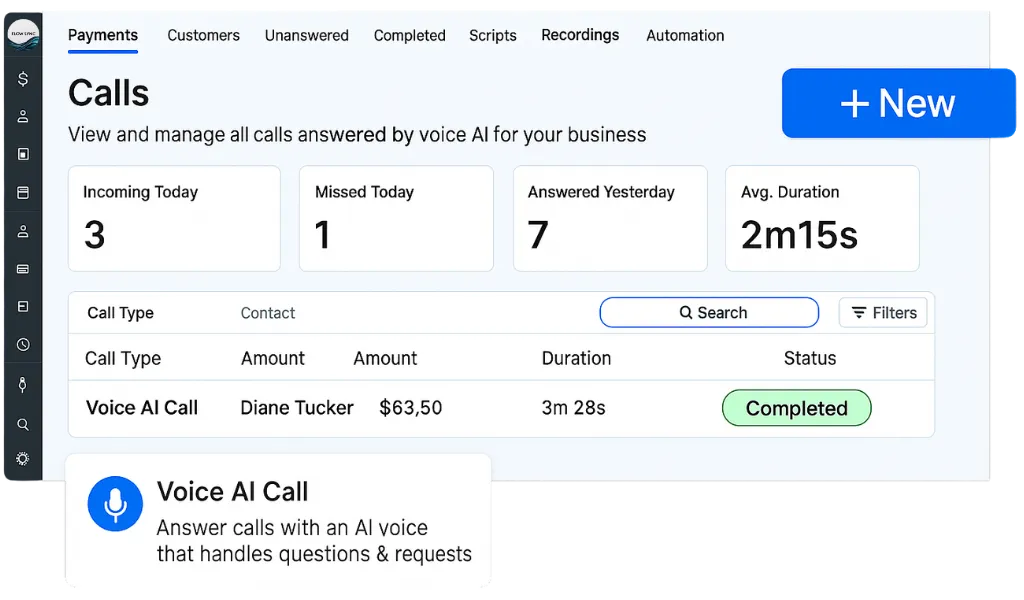
Avoid losing sales while you're away
Missed a call from a client? Reply Bot's missed call text back captures leads for you, even when you're busy.

This is what winning on Google looks like
Our SEO strategies go beyond visibility — they grow businesses. Welcome to SEO Surge
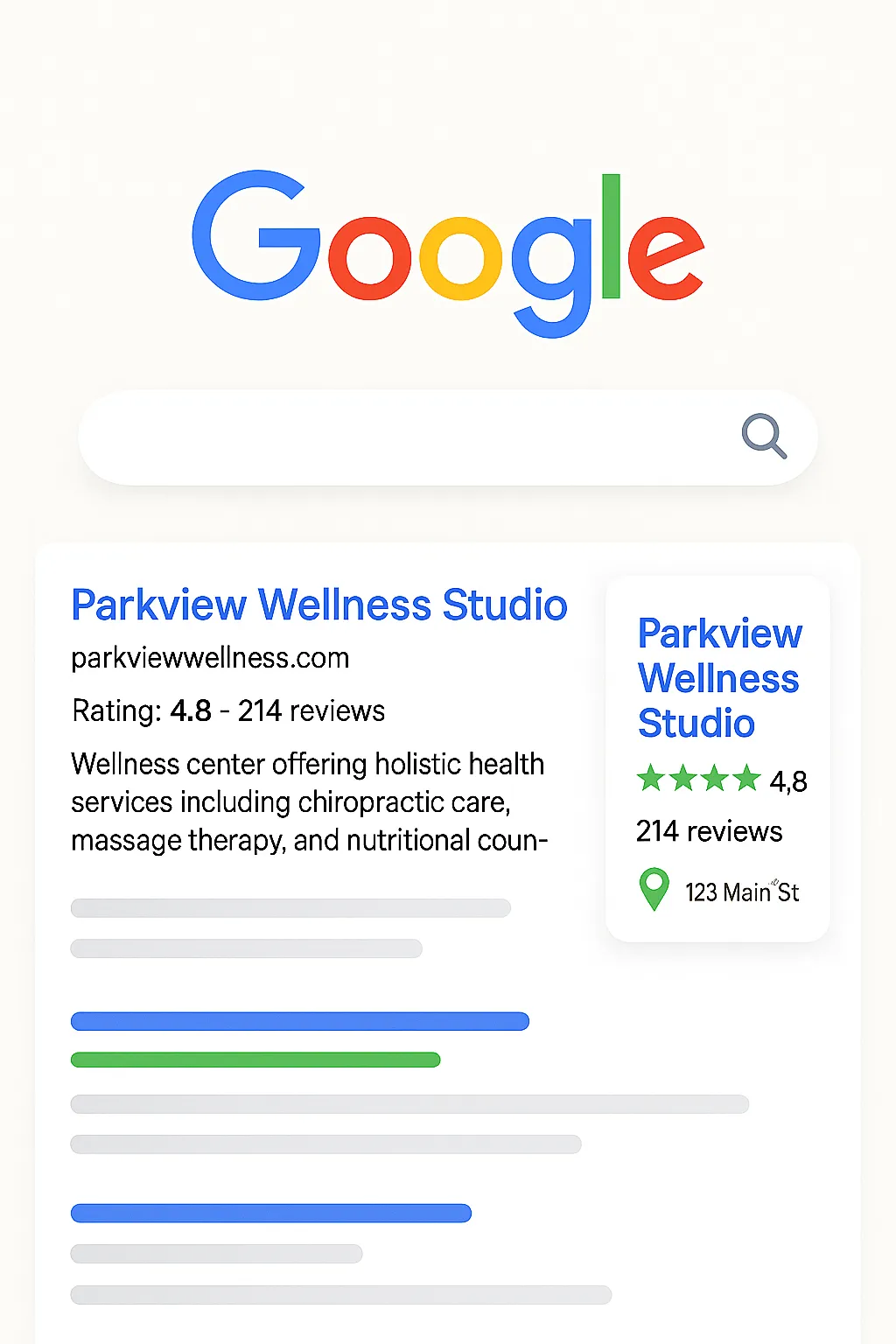
Ads that actually convert
We don’t waste your budget — we maximize it.
With Ad Vantage, your Google and Facebook ads are custom built for your audience and optimized for results
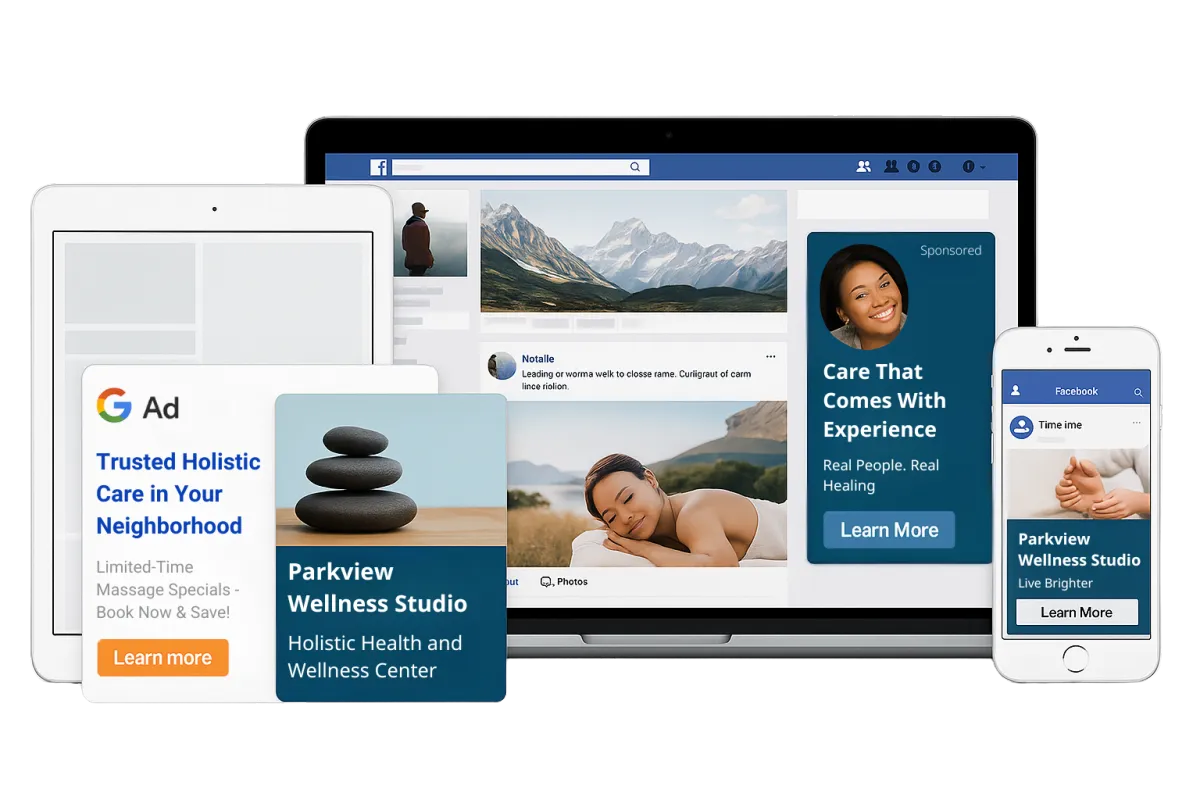
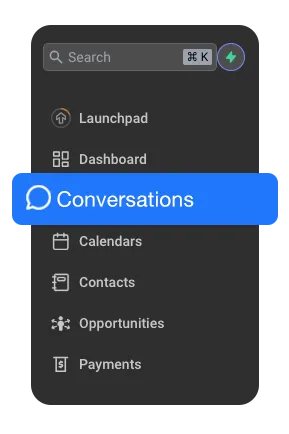
DMs. Emails. Texts.
Together. No cost.
Tired of juggling platforms? Consolidate All Client Messages into One Convenient Inbox - complimentary with your subscription.
Reply to your Facebook messages, Instagram DMs, SMS, WhatsApp conversations, and Emails from one integrated inbox. Never let a prospect slip through the cracks again.
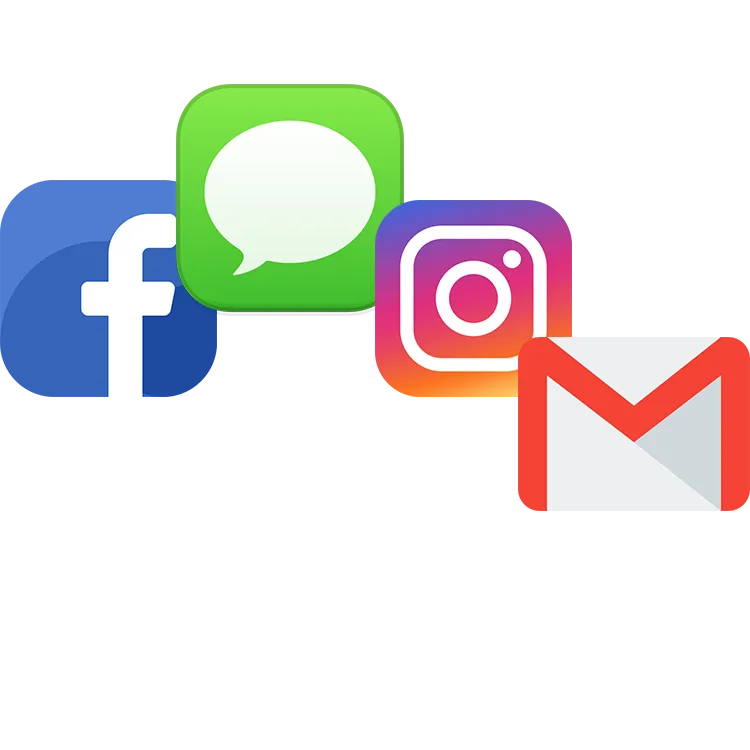
Your business, on autopilot.
Send appointment reminders, get more Google reviews & more. We use your existing workflow to take care of tedious manual tasks. Let Flow Sync take the heavy lifting off your shoulders.
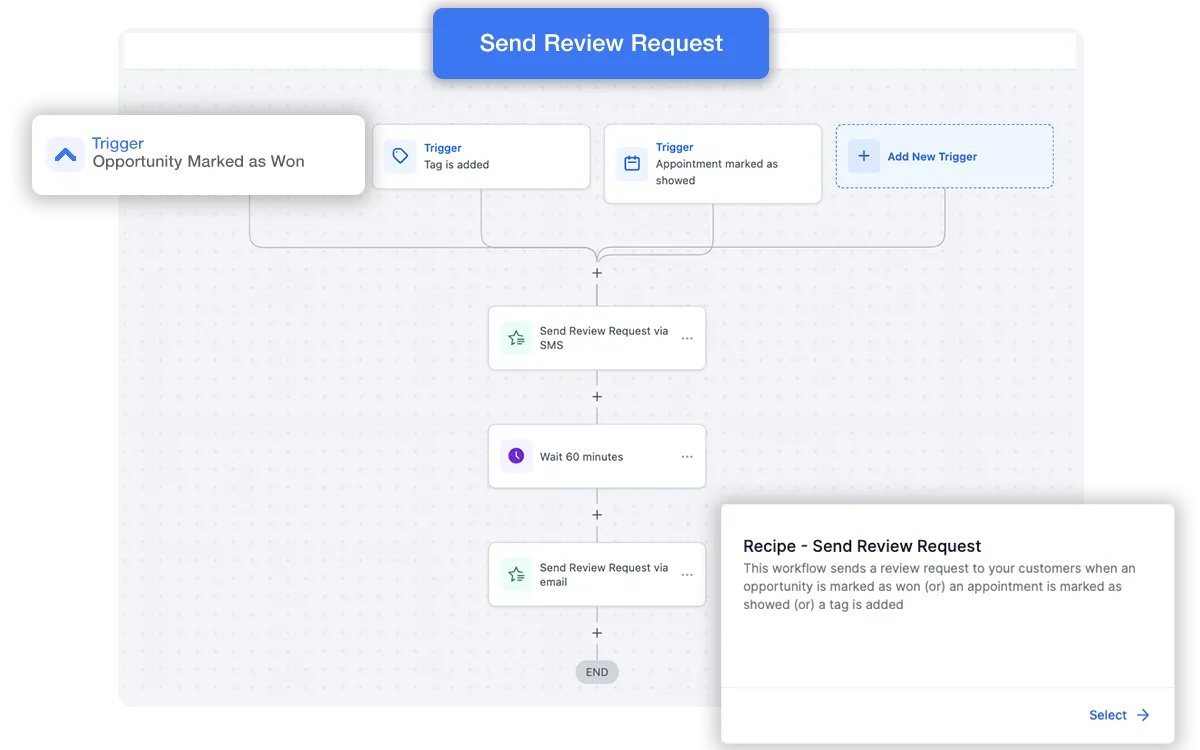
Connects with the tools you're already using












The Perfect Offer
From startup to scale-up, our tailored bundles give you the tools to grow at every stage.
Innovation
Fresh, creative solutions.

Integrity
Honesty and transparency.

Excellence
Top-notch services.
FAQ
What is Flow Sync?
Flow Sync is a Software-as-a-Service (SaaS) platform that offers cutting-edge AI integration solutions to optimize workflows, automate processes, and enhance productivity and growth for businesses of all sizes. Our model is to offer you essential business features to retain and develop your past clients, automation to streamline the sales funnel for new clients and growth to scale your business and expand your digital footprint.
How do we help businesses?
We're an all-in-one cloud-based model where users access software via the internet on a subscription basis. It eliminates the need for installation, maintenance, and infrastructure, offering flexibility, scalability, and cost-efficiency. We modernize business' reputation in an AI-driven age by offering the sleek ads needed to generate traffic to web sites and then automate the customer process from interest to scheduling, all managed in one unique app so you can track business growth anywhere.
How do we know which strategy is right for your business?
We begin by conducting a thorough analysis of your business, target audience, industry, and competitors. Based on this research, we develop a customized digital marketing strategy that aligns with your business goals. This may include a combination of SEO, PPC, social media marketing, content marketing, and email marketing to ensure the best possible results for your brand.
What's the onboarding process?
Our onboarding process is simple. Schedule a one-on-one call with a rep to get your questions answered and understand the expectation, gain access to video tutorials and live support to understand how to manage your business online, and download our mobile app to track progress and ensure a smooth integration of Flow Sync into your workflows.
How soon will I see results?
The timeline for seeing results from digital marketing depends on the type of campaign and your specific goals. For example, paid advertising (PPC) campaigns can generate leads almost immediately, while Search Engine Optimization (SEO) efforts may take 3-6 months to show significant improvements. Consistent effort, strategic planning, and regular monitoring are key to achieving sustained success in digital marketing.
Is there a free trial?
No. Flow Sync is a highly customizable platform that is capable of creating websites and integrating AI features into your online business, therefore a free trial is unrealistic. However, we do offer free demos for interested clients. Simply click the "contact us" tab to ask any questions or click the "schedule free consultation" tab to speak to one of our representatives and see a demo in action.
Is my data safe?
Yes, your data is safe with us. FlowSync is a TrustLock© verified business and is SSL Certified, ensuring that we meet the highest standards of security and privacy. We prioritize the protection of your information and implement robust measures to keep it secure at all times.


COMPANY
250 Tanglewood Lane,
King of Prussia, PA 19406
CUSTOMER CARE
LEGAL
Copyright 2025. Flow Sync. All Rights Reserved.







